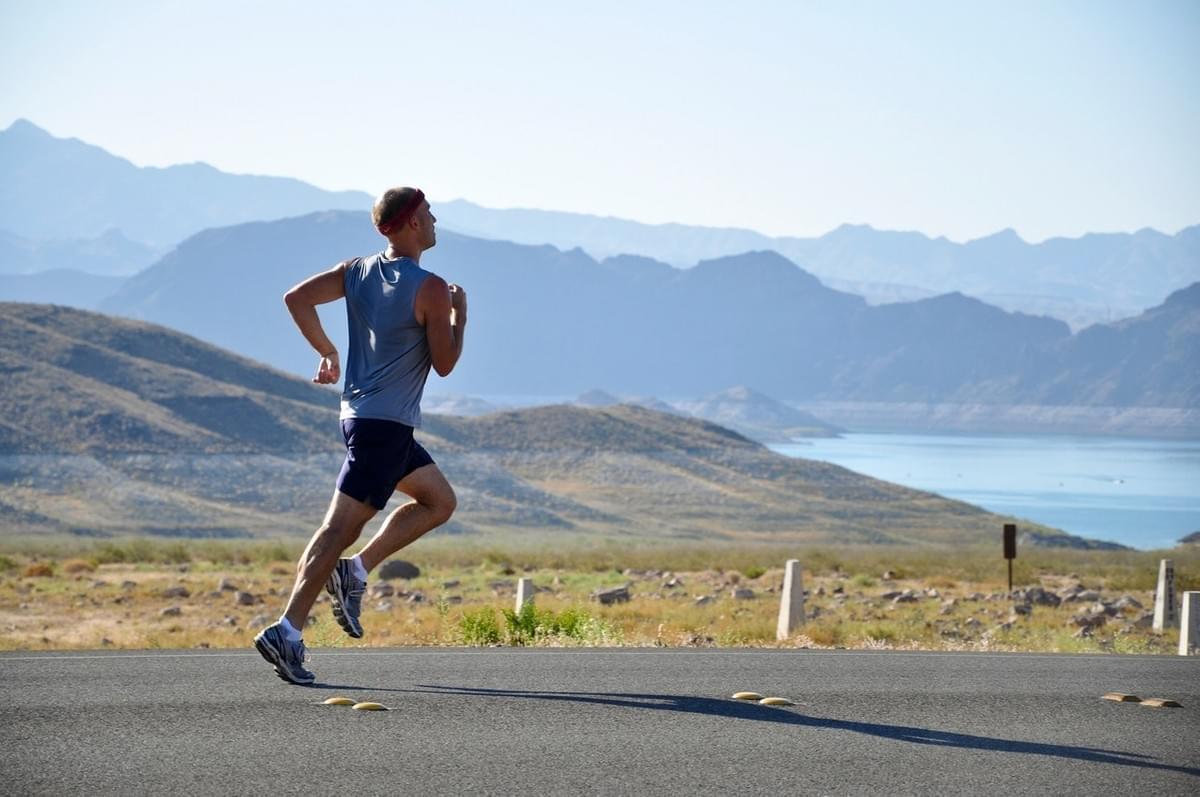
Physical fitness is broken down into many component categories that range from one person to the next. These aspects of physical fitness may be taught to anybody who wants to enhance their abilities or performance in activities. Building on specific components can help you achieve the physical, mental health, and lifestyle improvements you seek.
It's not enough to be able to run a mile or perform 20 pushups in a row; you must check all the boxes to determine your actual fitness level. Your body's whole fitness is determined by how well it performs in all aspects of physical fitness. The following are the components of physical fitness that are associated with health.
The first important component is cardiovascular endurance. It refers to the body's capacity to effectively and efficiently take in oxygen and deliver it to body tissues via the heart, arteries, lungs, veins, and vessels. You may boost your cellular metabolism, improve oxygen supply throughout your body, and make daily physical activity easier by exercising consistently and taxing your lungs and heart.
You should incorporate cardiovascular exercise in your workout program to enhance and maintain the health of your heart. Walking, jogging, swimming, dancing, and boxing are all good cardiovascular activities.
An essential but frequently neglected component is flexibility. It refers to the range of motion around a joint. Flexibility is crucial at any age since it affects coordination, balance, and agility. Maintaining a wide range of motion around all of your joints will help you avoid injuries while improving your sports performance. As you become older, flexibility becomes more vital. And a lack of joint mobility might make it difficult to accomplish daily tasks like picking things up off the floor or retrieving goods from high shelves. Although aging is unavoidable, keeping mobility and preserving your joints might aid you in your later years.
When doing flexibility exercises, it's ideal to do them when the muscle is warm. You can carry out active short-duration flexibility exercises of five to 10 seconds as part of a warm-up. You should also perform static flexibility exercises at the end of the workout.
Muscular endurance is another vital component of physical fitness. By focusing on specific muscle areas, muscular endurance adds to the general health of your muscles. As a result, the importance of muscular endurance should be determined by your fitness objectives and overall health.
For example, if you're a biker, you may be concentrating on leg muscular endurance rather than arm muscle endurance. However, you may need to build muscle endurance to carry groceries or even walk the stairs to your home for everyday health. Strength training and low-intensity weights will aid in the development of the endurance required for daily tasks.
Additionally, muscular strength is also very vital to physical fitness. This is the maximum force a set of muscles can generate in a single attempt. It concentrates on certain muscular parts such as the chest, back, arms, and abs. You may have powerful hamstrings but weak pectoral muscles or strong deltoids but weak glutes since each muscle area requires targeted strength training. As a result, it's critical to include a well-balanced strength-training plan that targets all of your muscle groups.
Body composition is equally very crucial to physical fitness. It is the body fat ratio to other tissues, including skin, bones, and muscle. A high-fat content has been connected to health issues like type two diabetes and heart disease. As a result, the objective of your regular workouts should be to maintain healthy body composition.
